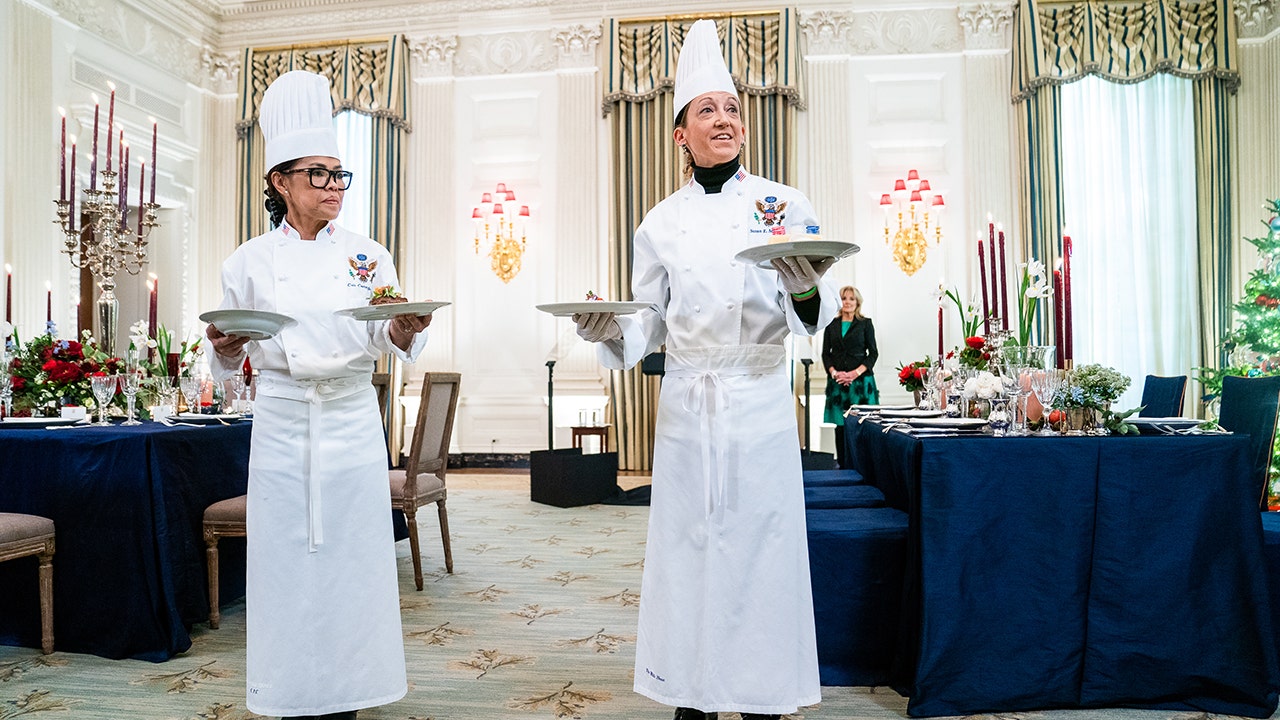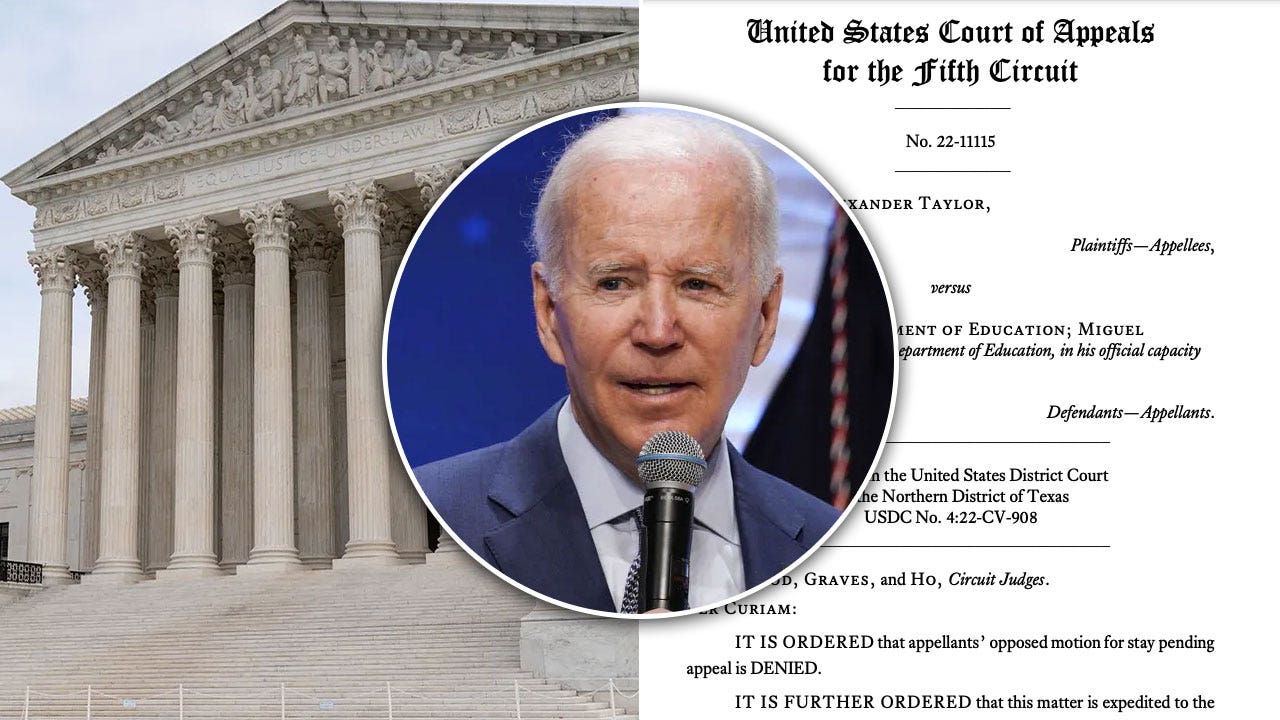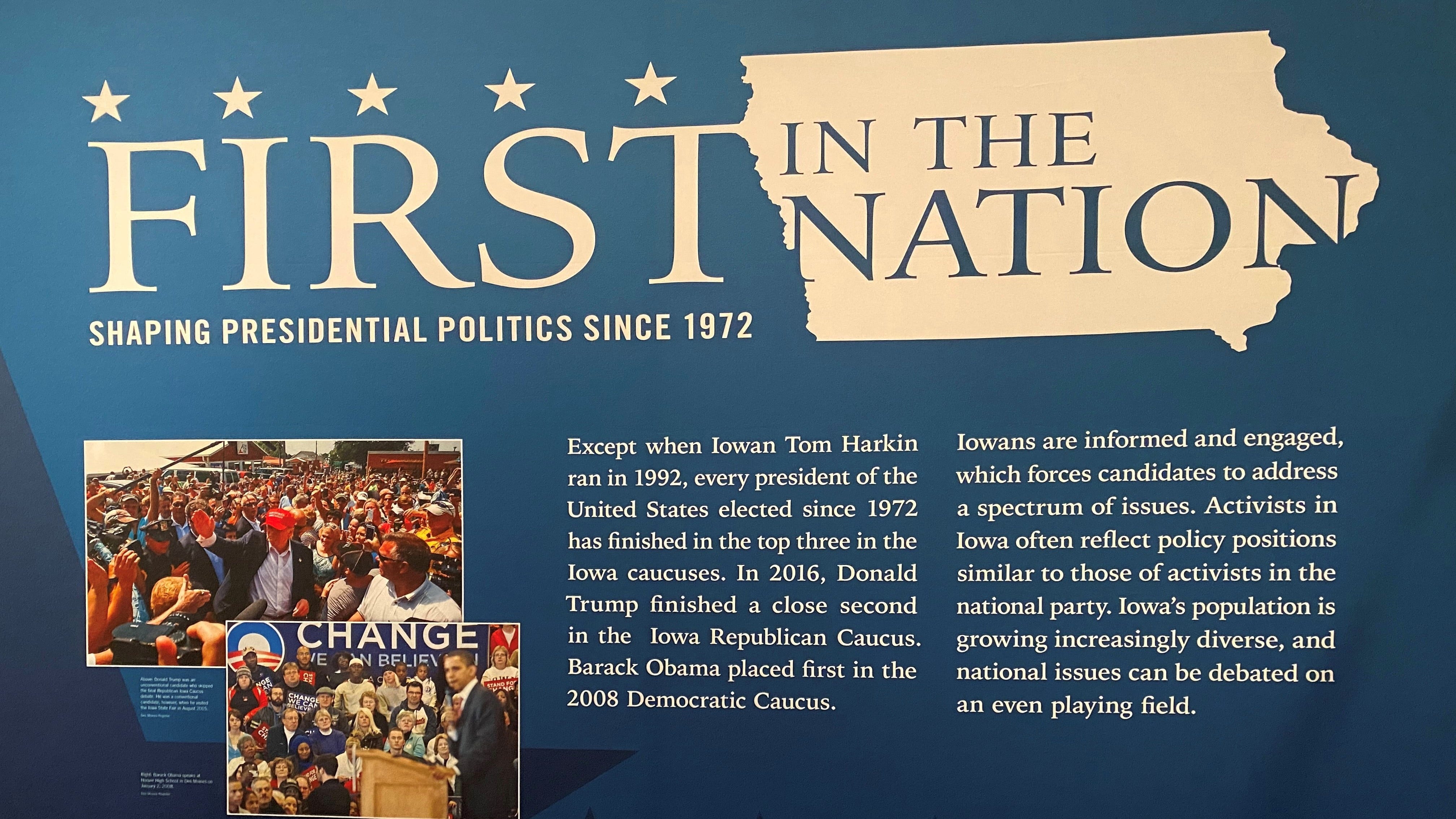1.) Independence Was Not Declared on July Fourth:
July 4, 1776 is significant because that is the day Congress officially adopted the Declaration of Independence document. However, the second Continental Congress actually voted for independence on July 2. In a letter to his wife, Abigail, John Adams predicted that future generations would celebrate July 2 as Independence Day, saying, “The second day of July, 1776, will be celebrated by succeeding generations as the great anniversary festival. It ought to be solemnized with pomp and parade, with shows, games, sports, guns, bells, bonfires, and illumination, from one end of this continent to the other, from this time forward forevermore.”
2.) 26 copies of the Declaration of Independence still exist:
After the Declaration of Independence was adopted, the “Committee of Five,” which consisted of Thomas Jefferson, John Adams, Benjamin Franklin, Roger Sherman and Robert R. Livingston, was responsible for the reproduction of the approved text. On July 5, Philadelphia printer John Dunlap sent out all the copies he made to newspapers across the 13 colonies, in addition to commanders of the Continental troops and local politicians. There were initially hundreds of copies known as “Dunlap broadsides,” but only 26 of them survive and are mostly being exhibited in museum and library collections. (One of the most recently discovered “Dunlap broadsides” was found by a Philadelphia man in the back of a picture frame that was purchased at a flea market for $4 in 1989)
READ: THE DECLARATION OF INDEPENDENCE
3.) George Washington’s reading of the Declaration of Independence on July 9, 1776 led to a riot in New York City where King George III’s statue was torn down:
When one of the “Dunlap broadsides” arrived in New York City on July 9, 1776, George Washington, who was the commander of the Continental forces in New York at the time, read the document to the crowd in front of city hall. Many of them cheered and would later tear down a statue of King George III nearby. The statue was later melted down and used to make tens of thousands of musket balls for the American army.
4.) After the attack on Pearl Harbor, the Declaration of Independence, U.S. Constitution, and other documents were secretly stashed at Fort Knox during World War II:
After the attack on Pearl harbor, Secret Service Agent Harry Neal was tasked with transferring “priceless historical documents” to a secure facility away from Washington, D.C. After meeting with librarian Archibald MacLeish at the Library of Congress, Neal orchestrated the logistics of how they would discreetly transport the documents out of DC to Fort Knox, which is near Louisville, Kentucky. Abraham Lincoln’s Gettysburg Address, the Gutenberg Bible, and the Articles of Confederation were also being stored in some of the cases at Fort Knox. The Declaration was returned to Washington, D.C., in 1944.
CLICK HERE TO GET THE FOX NEWS APP
5.) 56 men signed the Declaration of Independence, but many of them never became famous:
Some of the signers of the Declaration of Independence like John Adams and Thomas Jefferson went on to dedicate their lives to public service and serve as the second and third presidents of the United States. However, several of the signers are only remembered by history, such as Button Gwinnett of Georgia and New Hampshire’s Josiah Bartlett, whose name was used, with a slightly different spelling , as Martin Sheen’s presidential character in “West Wing.”









